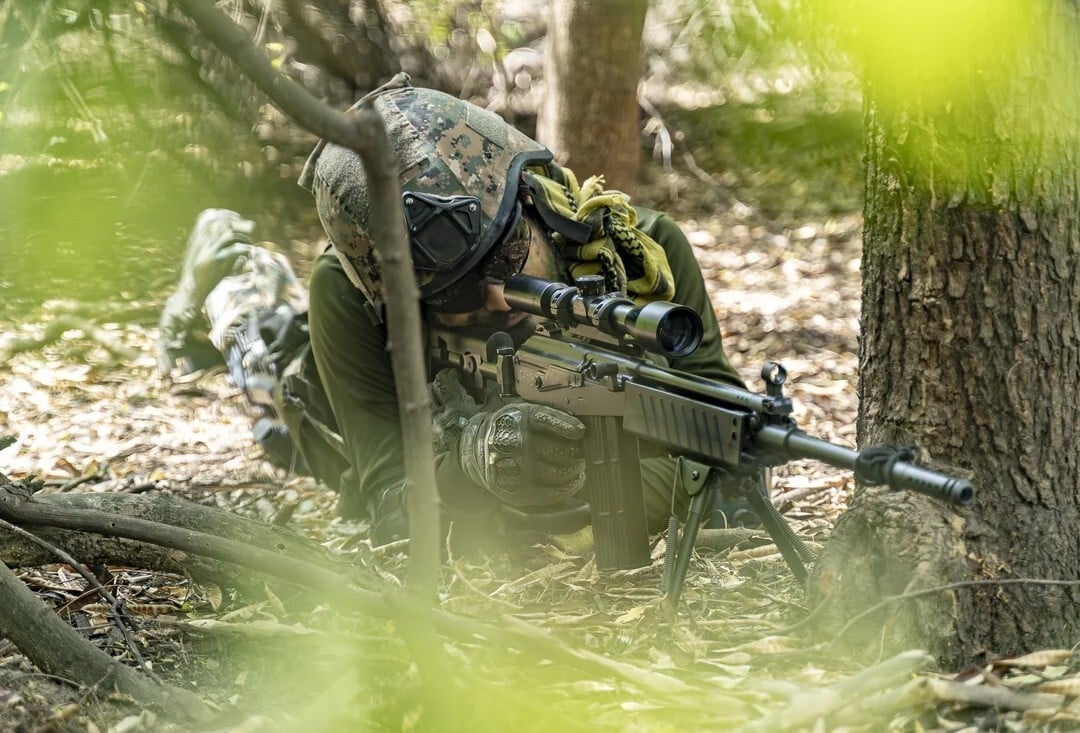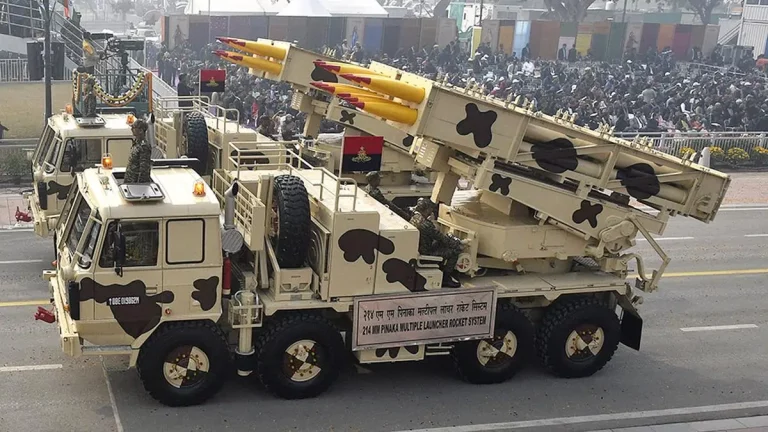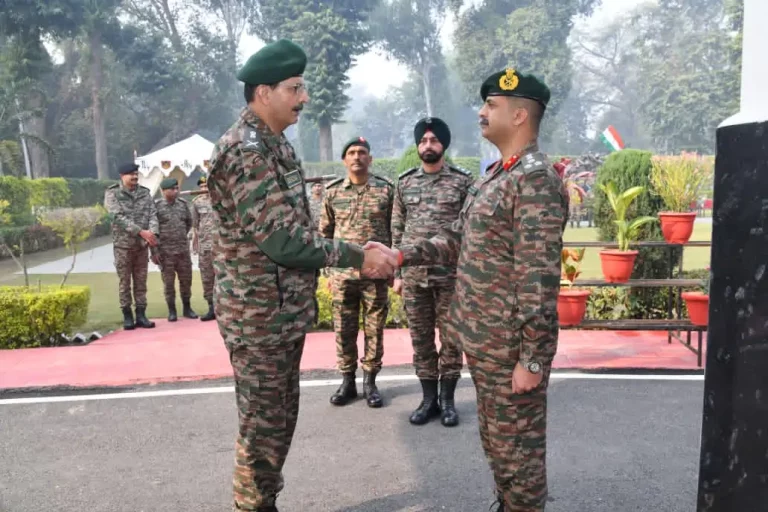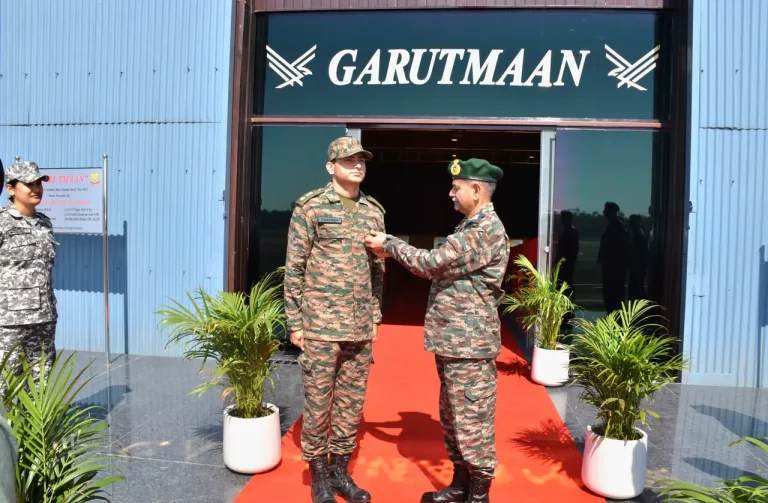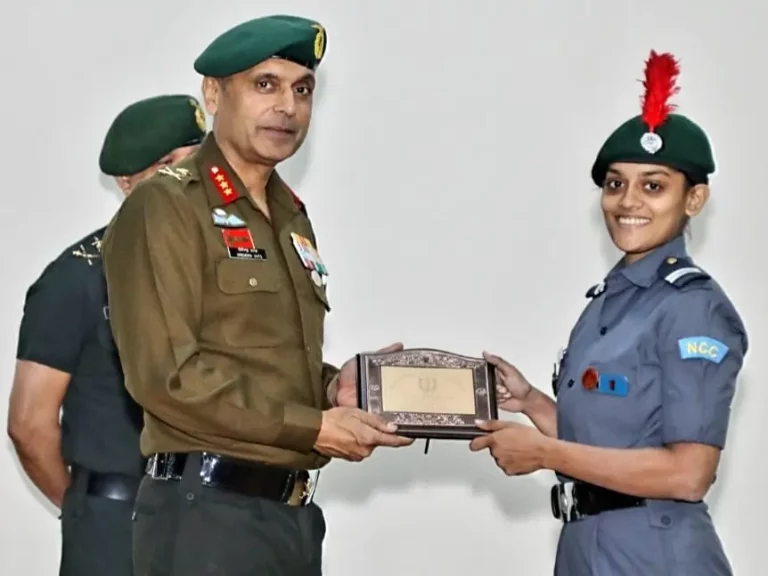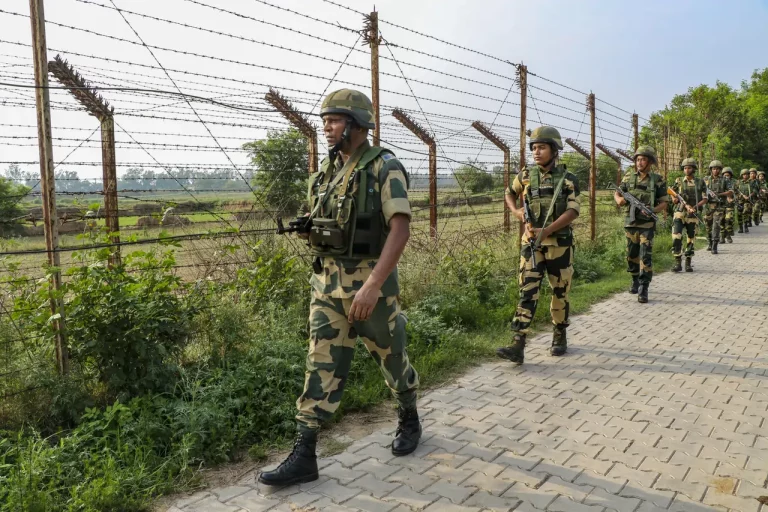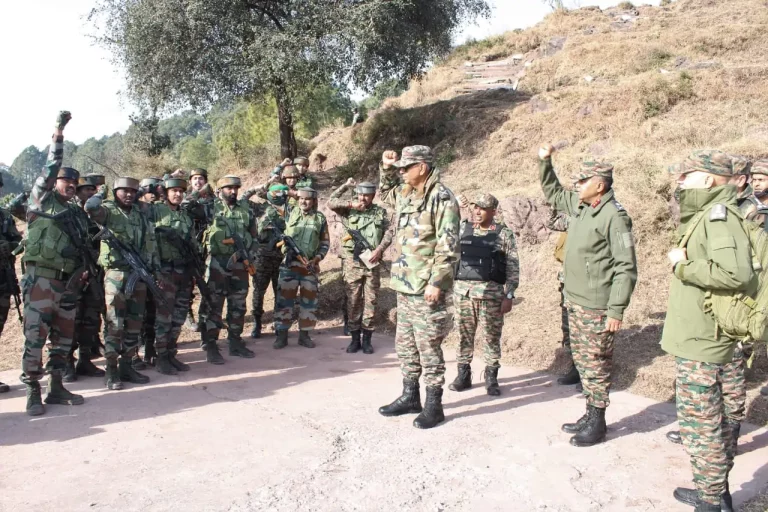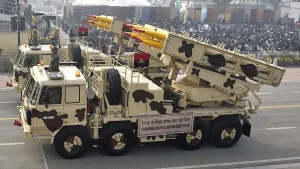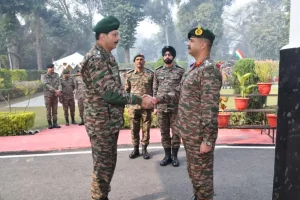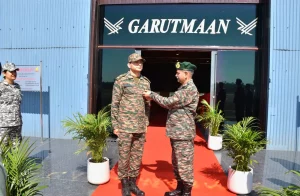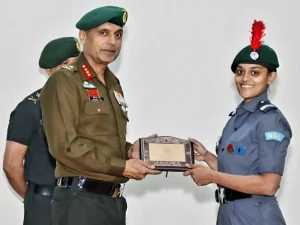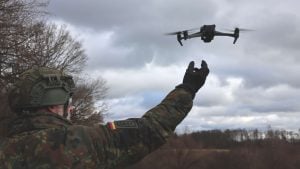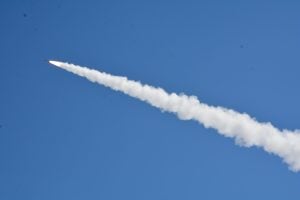In a striking display of military capability, the Indian Air Force’s elite Garud Commando Force has successfully neutralized multiple Pakistani drones in recent days. This strategic response comes amid an escalating conflict between India and Pakistan, particularly along the sensitive India-Pakistan border, where the use of unmanned aerial vehicles (UAVs) has dramatically increased.
Sources from the defense establishment indicate that the Garud Commandos were specifically deployed to intercept intruding drones. Trained for high-stakes operations that include special reconnaissance and counter-insurgency, these commandos utilized their specialized skills and advanced equipment, such as ghillie suits, to operate effectively in challenging terrains. Their mission was clear: to eliminate potential threats posed by UAVs targeting Indian installations.
The drone engagements come against a backdrop of heightened military activity between the two nuclear-armed nations. Recently, India has conducted precision strikes aimed at Pakistani military infrastructure, including a notable attack on the Pakistan Air Force Base Bholari, which reportedly inflicted significant damage to its technical systems. In response, Pakistan has claimed to have shot down 25 Indian drones over major cities, accusing India of aggression along the Line of Control (LoC). Indian officials, however, have dismissed these assertions as part of a broader misinformation narrative.
As both countries advance their aerial and electronic warfare capabilities, military analysts underscore the evolving role of UAVs in contemporary conflict. These drones are increasingly utilized not only for surveillance but also for executing cross-border attacks, presenting a cost-effective yet deniable means of escalation that complicates traditional military responses. Global observers have expressed concern over the potential for miscalculations and have urged both nations to practice restraint.
In recent developments, India has bolstered its drone arsenal through acquisitions from the United States, including advanced UAVs such as the MQ-9 Reaper. Additionally, the country is expanding its indigenous drone programs, exemplified by systems like Netra and Harpy, designed for real-time surveillance and adversary radar suppression. Alongside this, the Indian Air Force has reported downing several Pakistani fighter jets attempting to breach Indian airspace, further intensifying tensions.
The Garud Commandos, recognized for their training in hostile environments, particularly in regions like Kashmir, have emerged as a vital component of India’s counter-drone strategy. As the country adapts to the complexities of modern asymmetric warfare, these elite forces are expected to play an essential role in safeguarding strategic assets and countering the evolving threats posed by UAVs.
With no immediate signs of de-escalation in sight, all eyes are now on how both nations will navigate this technologically advanced conflict, particularly under the pressing international calls for avoiding a full-scale war.
